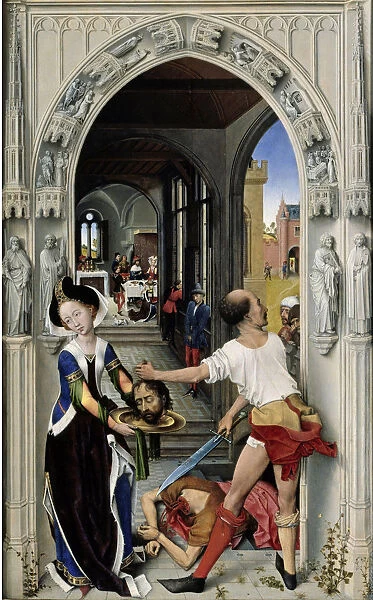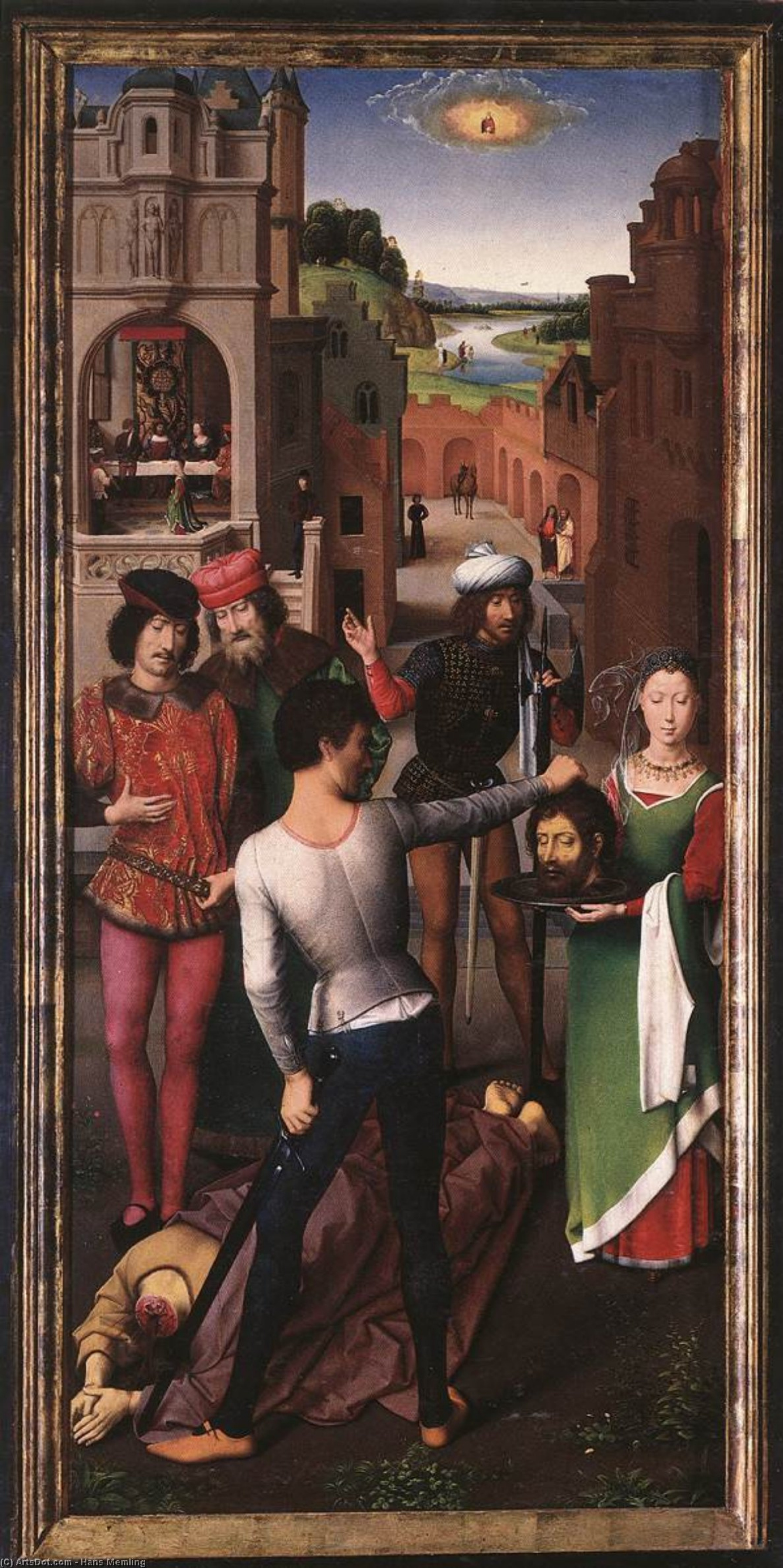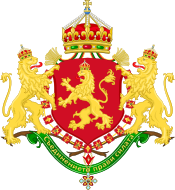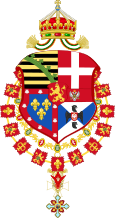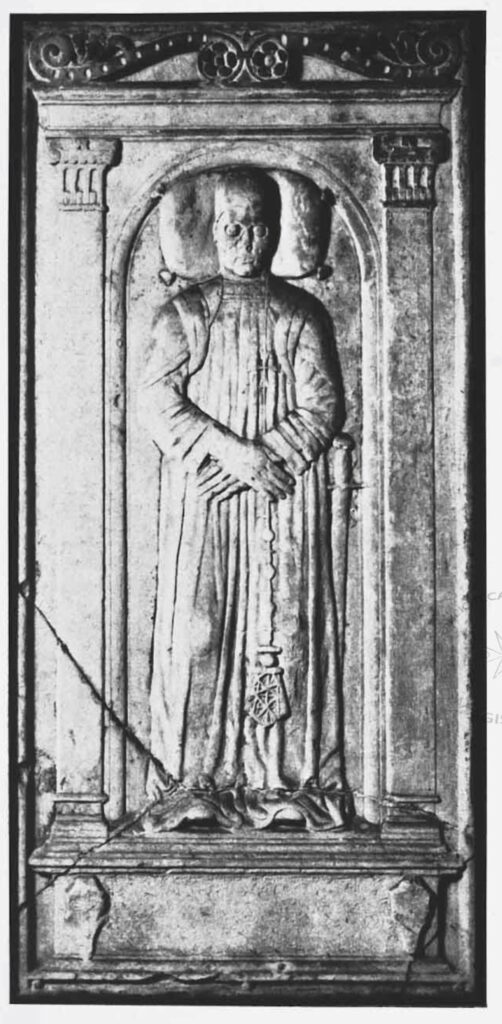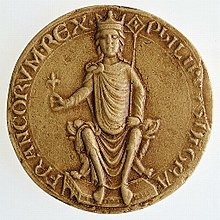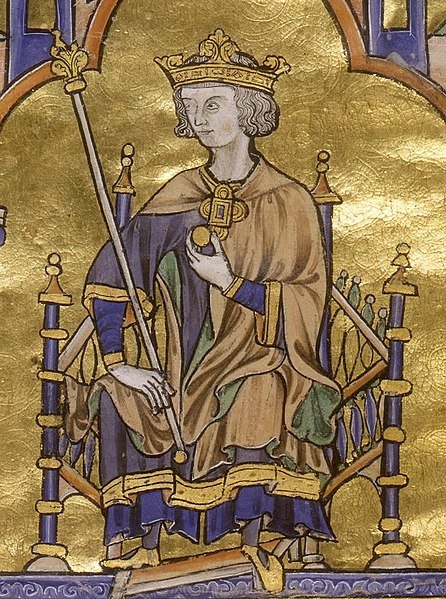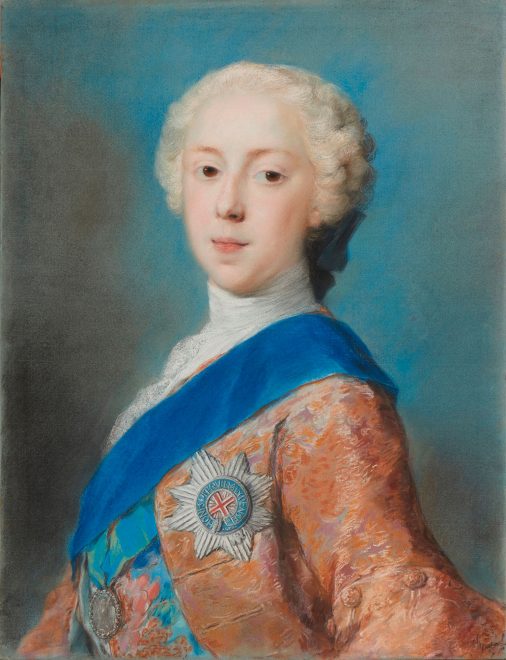I wrote the other day about the new facial reconstruction of Prince Charles Edward as he might have appeared in 1745-6.
The portrait of the Prince attributed to Alan Ramsey and believed to have been painted at Holyroodhouse in the autumn of 1745
Image: English 18th Century Portrait Busts
Not perhaps surprisingly the reconstruction has generated quite a few shared thoughts online by members of the 1745 Association.
One of them, Roderick Tulloch, posted as follows:
It seems strange that they chose to use the death mask of Charles as the starting point to work out how Charles looked during the '45. Surely the Lemoyne bust of Charles that dates from 1747 would have been better. The similarity between this bust and the 1745 Alan Ramsay's portrait of Charles is obvious. They are both different from this reconstructed face.
Apart from anything else the face in the death mask would be distorted by rigor mortis.
As for the 'cosmetics' did Charles not start wearing a wig at the age of 16 while he was in Venice after he had his 'hair cut'? Charles also had his own hairdresser during the '45. It is therefore unlikely that he would have had long hair as portrayed in the Dundee University image. Finally, not one of the portraits painted of Charles during his life, including the Alan Ramsay, show any sign of these large blotches on his face that Dundee Univerity claim were on his face.
Falkirk Muir 1746 Trust recently had the Lemyone bust 3D scanned and printed and attached this head on a dressed mannequin to try and create a life like representation of Prince Charles during the '45. We took took our mannequin with us to Glenfinnan last Saturday for the gathering and I have attached some photos. We have kept the face white but might decide to colour it in the future.

The Lemoyne bust of the Prince made in 1747
Image: English 18th Century Portrait Sculpture
It is interesting to reflect that these unnamed plaster busts, when seemingly everyone knew who exactly it was who was represented, were openly on sale in London at that time.
Dr William King was Principal of St Mary’s Hall in Oxford, which was owned and eventually absorbed by Oriel College. Wikipedia has a biography of him at William King (St Mary Hall)
In addition to agreeing to let me quote from his e-mail Roderick also sent me the following additional information, for which I am most grateful:
I found … descriptions of how Charles looked as he entered Holyroodhouse in September 1745.
Two of these were written by Whigs and they are worth quoting as you would expect them to be the least flattering. The first is from Dr Alexander Carlyle who wrote:
''I had the good fortune to see him, as I was close by him when he walked through the guard. He was a good-looking man of about five feet ten inches. his hair was dark red, and his eyes black. His features were regular, his visage long, much sunburnt, and freckled, and his countenance thoughtful and melancholy''.
The other was by Henderson who's description is as follows:
''He is a slender young man, about five feet ten inches high, of a ruddy complection, high nosed, large rolling brown eyes, long visage; his chin was pointed and mouth small, in proportion to his features: his hair red, but at that time he wore a pale Peruke: he was in Highland dress, with a blue sash wrought with gold coming over the shoulder, red velvet breaches, a green velvet bonnet with gold Lace round it, and a white cockade which was the cross of St Andrew. He likewise had a silver-hilted broadsword, was booted, and had a Pair of Pistols before him''.
No mention of blotches, open pores or unkempt hair.



